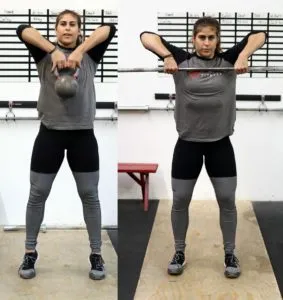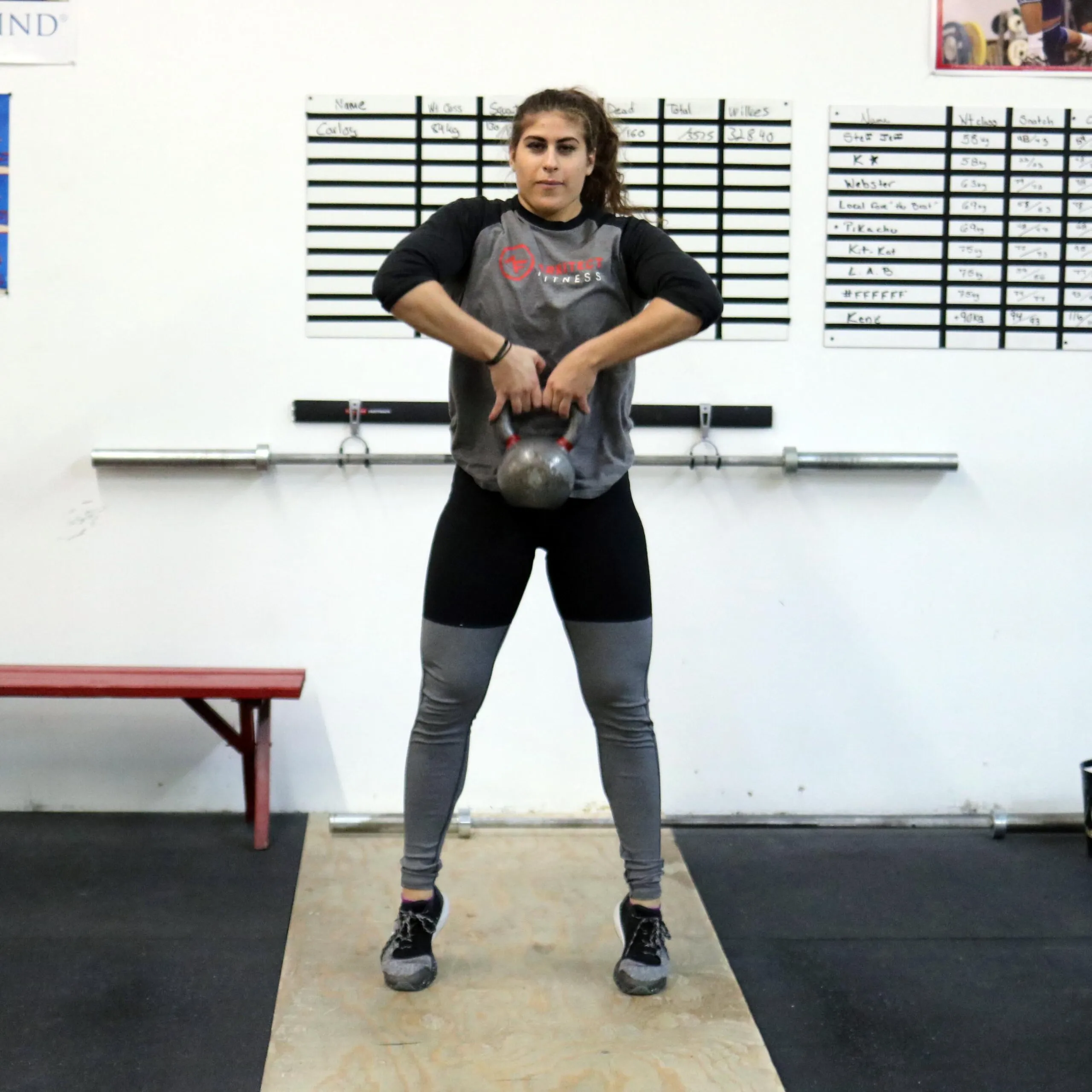“Functional training,” a buzz phrase that just doesn’t want to go away. Coined by the physical therapy field as a means to describe helping injured or post-op patients regain their body’s function, the fitness industry pounced on it, polished and packaged it, and has been serving it up for hundreds of dollars a month ever since. Suddenly it wasn’t okay for women to want slim waists, and men to want bulging biceps, your training had to be “functional” or it sucked. Of course this came in conjunction with a multitude of new pieces of equipment, like the kettlebell, rubber bands, balance balls, etc…If you weren’t including this in your training, you were just a big dumb oaf who wasn’t functional, and who wants that? Don’t forget that when each of these products were introduced to the market, the manufacturers, and thus the supply, was limited, and as you may have guessed, jacked the price up significantly. Many of these tools have a very useful application, and many others do not. Arkitect programs feature kettlebell training quite a bit, probably more than the barbell, but like most training tools, it’s all about how you use it. That means simply using a kettlebell isn’t “functional” or even beneficial. Need an example? The kettlebell deadlift is a great way to teach and develop the “hip hinge” movement pattern, a very basic and necessary movement of the human body, but this same movement can be done with a dumbbell, barbell, medicine ball, or even with no additional weight. On the flip side the much maligned “bicep curl” doesn’t suddenly become a more useful exercise by being done with a kettlebell. This is a point that is lost on a lot of functional fitness gurus and advocates. This will be the first in a series of articles about exercises that are often included in these “holier than thou” functional fitness programs, that just make me scratch my head.
https://www.instagram.com/p/BJiYiaIgmR5
Skill Based Fitness
Regardless of your goals, I’m a fan of skill based fitness. Learning a new skill adds an extra challenge to your training, which can help to motivate you.. There is also evidence to suggest that adding a skill component helps to cement movement patterns into your nervous system. The end result is you become stronger, and being strong is always a good thing no matter why you’re training. With skill based fitness, everything is ordered in a progression to help the client learn that skill. In kettlebell training, the foundation is the classic kettlebell swing. This movement pattern is the backbone of a lot of different kettlebell exercises, like the one handed swing, clean, single arm high pull, and the snatch. The bottom position of the swing also mimics a few other non kettlebell movements like the romanian deadlift. It’s also very similar to the body position when the bar is at about the knee in the barbell clean and barbell snatch. Having a strong hip hinge pattern ingrained helps to develop a strong low back, glutes, hamstrings, all while keeping a neutral spine. Almost everything in kettlebell training “flows” together nicely, with the exception of one movement that makes me cringe every time I see people doing it: The two handed high pull.

The KB deadlift vs body position when the bar passes the knee in a snatch
Not only does the two handed high pull not help to teach any other kettlebell skill, it doesn’t help to teach any skill in athletics or exercise. With the functional fitness crowd so hung up on how an exercise can help you with “day to day life” I find it quite confusing that so many of these coaches select this exercise. While nearly all of the classic kettlebell movements are hip dominant, meaning they work all of the muscles on your back side, the two handed high pull is based on the squat, a knee dominant movement that takes more from the quads. This poses a problem because most untrained clients walking through the doors are “quad dominant,” meaning they don’t know how to turn on the muscles of the posterior chain, particularly the aforementioned low back, glutes, and hamstrings. If a client is quad dominant, you shouldn’t simply stop training all knee dominant movement, but should keep it to the bare essentials, and basic squat variations will achieve that. I have seen people do a 2 handed high pull off of a hip-hinging swing pattern. The irony here is that this mimics the much maligned “American” kettlebell swing popularized by CrossFit. What’s the difference? A traditional “Russian” swing has the athlete forcefully extend the hips, projecting the kettlebell to about chest height. The “American” style swing has the kettlebell travel up over the head. This puts a great deal of (unnecessary) stress on the shoulder joint, which is why many “functional fitness coaches” don’t do it, yet the 2 handed high pull poses the same exact problem.
Falling Short
I’ve heard several arguments in defense of the kettlebell high pull over the years, but in my opinion they all fall short. Some coaches have said it’s a good drill to teach power development. In my experience novice clients have a hard time understanding how to transfer power from their lower body to their upper body. This means that the 2 handed high pull becomes more of a squat + upright row combination. More advanced trainees that do understand these concepts won’t benefit from the loads used with a kettlebell. They aren’t heavy enough to create stimulus. If you want to teach someone to be explosive, there are dozens of better options. For example box jumps, particularly from the seated position. Others have pointed to the classic barbell snatch high pull or clean high pull and said “well if they can do it, why can’t we?” This is the opinion of a novice that knows little about Weightlifting. As mentioned before, it’s important to select exercises that translate to another skill. In barbell training, the high pull translates to the full snatch or clean. The same cannot be said in kettlebell training, as snatches and cleans with a kettlebell are done with one hand, not two. With that said, even in Weightlifting training, you’ll find that most modern programs don’t use a high pull that frequently, rather a regular pull is more common (where the bar reaches at most, height of the belly button at best). The two handed kettlebell high pull also wouldn’t be a good selection for teaching the barbell high pull as it doesn’t feature the double knee bend, a crucial part of barbell snatch and clean technique.
What’s most interesting, is the functional fitness crowd tend to be particularly judgemental of traditional “bodybuilding” style training, and in particular the upright row. That’s not without good

reason however, the extreme internal rotation of the upright row can put a lot of stress on the shoulder joint. It’s true that placing the hands closer together (as they would be on a kettlebell) reduces the internal rotation somewhat, but unfortunately, that increases stress on the wrist. Kettlebell fanatics will argue that the shoulder is passive through the range of motion due to the momentum generated from the legs, but as stated before, I find very few new clients to be able to execute the movement properly for that to happen, and if they can, they probably aren’t getting much out of the exercise anyway.
At Arkitect Fitness we train a wide variety of clients with goals ranging from weight loss, to competing at an elite level in many different sports. That means we have a wide variety of training tools we incorporate in our programs. The two handed kettlebell high pull isn’t one of them. There is an application for just about every exercise, so we keep as many tools in our toolbox as we can, but if there is an application for the high pull, we haven’t found it yet.




